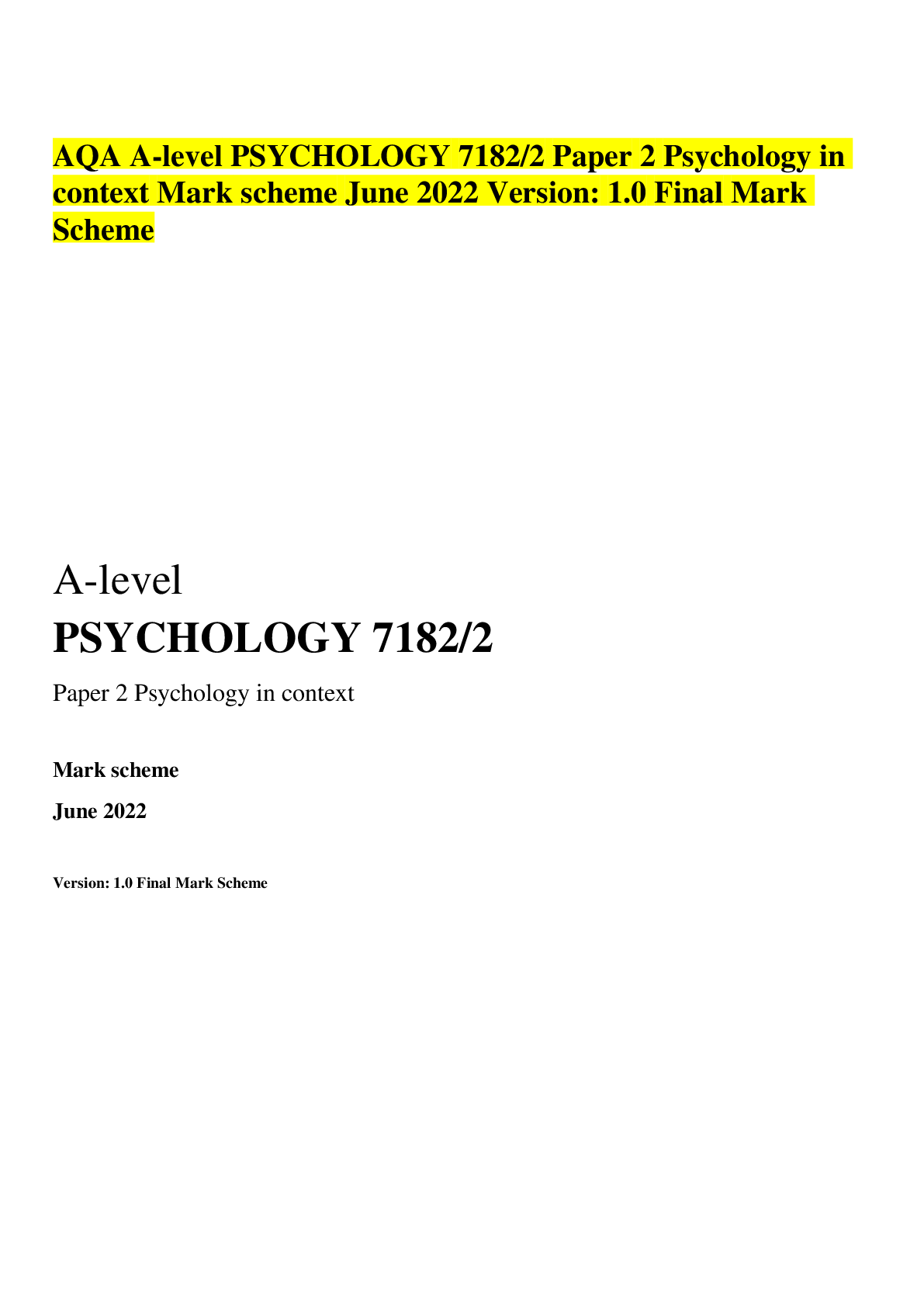English Language > MARK SCHEME > GCSE ENGLISH LANGUAGE 8700/2 Paper 2 Writers’ viewpoints and perspectives Mark scheme June 2022 Ve (All)
GCSE ENGLISH LANGUAGE 8700/2 Paper 2 Writers’ viewpoints and perspectives Mark scheme June 2022 Version 1.0 Final *JUN228700/2/MS* MARK SCHEME – ENGLISH LANGUAGE – 8700/2 – JUNE 2022 2
Document Content and Description Below
GCSE ENGLISH LANGUAGE 8700/2 Paper 2 Writers’ viewpoints and perspectives Mark scheme June 2022 Version 1.0 Final *JUN228700/2/MS* MARK SCHEME – ENGLISH LANGUAGE – 8700/2 – JUNE 2022 ... 2 Mark schemes are prepared by the Lead Assessment Writer and considered, together with the relevant questions, by a panel of subject teachers. This mark scheme includes any amendments made at the standardisation events which all associates participate in and is the scheme which was used by them in this examination. The standardisation process ensures that the mark scheme covers the students’ responses to questions and that every associate understands and applies it in the same correct way. As preparation for standardisation each associate analyses a number of students’ scripts. Alternative answers not already covered by the mark scheme are discussed and legislated for. If, after the standardisation process, associates encounter unusual answers which have not been raised they are required to refer these to the Lead Examiner. It must be stressed that a mark scheme is a working document, in many cases further developed and expanded on the basis of students’ reactions to a particular paper. Assumptions about future mark schemes on the basis of one year’s document should be avoided; whilst the guiding principles of assessment remain constant, details will change, depending on the content of a particular examination paper. Further copies of this mark scheme are available from aqa.org.uk Copyright information AQA retains the copyright on all its publications. However, registered schools/colleges for AQA are permitted to copy material from this booklet for their own internal use, with the following important exception: AQA cannot give permission to schools/colleges to photocopy any material that is acknowledged to a third party even for internal use within the centre. Copyright © 2022 AQA and its licensors. All rights reserved. MARK SCHEME – ENGLISH LANGUAGE – 8700/2 – JUNE 2022 3 Introduction The information provided for each question is intended to be a guide to the kind of answers anticipated and is neither exhaustive nor prescriptive. All appropriate responses should be given credit. Level of response marking instructions Level of response mark schemes for GCSE English Language are broken down into four levels (where appropriate). In the first column each level is identified with one or two key words that represent the differences in the skills then described. These key words show the progression from Level 1 to 4 and are: Level 4 Perceptive, detailed Level 3 Clear, relevant Level 2 Some, attempts Level 1 Simple, limited. This is followed in the second column by a description of the different qualities required in the student’s answer for that level. These are called the skills descriptors. In order to reach a given level, a student must fulfil one or more of the skills descriptors for that level. The third column of the mark scheme is the Indicative Standard. This is an important feature of the mark scheme for GCSE English Language. It provides exemplification of the skills descriptors at each level and offers a small number of different comments at the required standard to give an indication of the quality of response that is typical for that level. It shows the progression from Level 1 to 4. The Indicative Standard is not intended to be a model answer nor a complete response, and it does not exemplify required content. Students may reach a given level by making one or more comments of the quality demonstrated by the Indicative Standard and do not have to meet all the skill descriptors at that level. The standardising scripts will further exemplify each of the levels. You must refer to the standardising material throughout your marking. Step 1 Annotate the response When marking a response you should first read through the student’s answer and annotate each section using the comments from the statement bank to show the qualities that are being demonstrated, as instructed during standardising. You can then award a level and a mark. Step 2 Determine a level Start at the lowest level of the mark scheme and use it as a ladder to see whether the answer meets the descriptors for that level. The descriptors for the level indicate the different qualities that might be seen in the student’s answer for that level. If it meets the lowest level then go to the next one and decide if it meets this level, and so on, until you have a match between the level descriptor and the answer. With practice and familiarity you will find that for better answers you will be able to quickly skip through the lower levels of the mark scheme. The Indicative Standard column in the mark scheme will help you determine the correct level. Remember, students may reach a given level by making one or more comments of the quality demonstrated by the Indicative Standard and do not have to meet all the skill descriptors at that level. It is not the number of references, but the quality of the comments that will determine the level. The annotation you added to the script at Step 1 will help you determine the correct level. MARK SCHEME – ENGLISH LANGUAGE – 8700/2 – JUNE 2022 4 Step 3 Determine a mark Once you have assigned a level you need to decide on the mark. This requires you to fine tune within the level to see how well each of the skills descriptors for that level has been met. A student only has to meet a skills descriptor at a given level once to be awarded that level. Since responses rarely match a level in all respects, you need to balance out the range of skills achieved and allow strong performance in some aspects to compensate for other skills that may be only partially fulfilled. Again, the annotation added at Step 1 will help you determine the mark. Reference to the standardising scripts throughout the marking period is essential. This will help you apply the level descriptors accurately and consistently. There will usually be an answer in the standardising materials which will correspond with each level of the mark scheme. This answer will have been awarded a mark by the Lead Examiner. You can compare the student’s answer with the example to determine if it is the same standard, better or worse than the example. You can then use this to allocate a mark for the answer based on the Lead Examiner’s mark on the example. You may well need to read back through the answer as you apply the mark scheme to clarify points and assure yourself that the level and the mark are appropriate. An answer which contains nothing of relevance to the question must be awarded no marks. Advice In fairness to students, all examiners must use the same marking methods. The following advice may seem obvious, but all examiners must follow it closely. 1. Refer constantly to the mark scheme and standardising scripts throughout the marking period. 2. Always credit accurate, relevant and appropriate responses that are not necessarily covered by the mark scheme or the standardising scripts. 3. Use the full range of marks. Do not hesitate to give full marks if the response merits it. 4. Remember the key to accurate and fair marking is consistency. 5. If you have any doubt about how to allocate marks to a response, consult your Team Leader. MARK SCHEME – ENGLISH LANGUAGE – 8700/2 – JUNE 2022 5 SECTION A: READING – Assessment Objectives AO1 • Identify and interpret explicit and implicit information and ideas. • Select and synthesise evidence from different texts. AO2 • Explain, comment on and analyse how writers use language and structure to achieve effects and influence readers, using relevant subject terminology to support their views. AO3 • Compare writers’ ideas and perspectives, as well as how these are conveyed, across two or more texts. AO4 • Evaluate texts critically and support this with appropriate textual references. SECTION B: WRITING – Assessment Objectives AO5 • Communicate clearly, effectively and imaginatively, selecting and adapting tone, style and register for different forms, purposes and audiences. • Organise information and ideas, using structural and grammatical features to support coherence and cohesion of texts. AO6 • Candidates must use a range of vocabulary and sentence structures for clarity, purpose and effect, with accurate spelling and punctuation. (This requirement must constitute 20% of the marks for each specification as a whole). MARK SCHEME – ENGLISH LANGUAGE – 8700/2 – JUNE 2022 6 Assessment Section A Objective AO1 ✓ AO2 ✓ AO3 ✓ AO4 n/a Section B AO5 ✓ AO6 ✓ MARK SCHEME – ENGLISH LANGUAGE – 8700/2 – JUNE 2022 7 0 1 Read again the first part of Source A from lines 1 to 9. Choose four statements below which are true. • Shade the circles in the boxes of the ones that you think are true. • Choose a maximum of four statements. • If you make an error cross out the whole box. • If you change your mind and require a statement that has been crossed out then draw a circle around the box. [4 marks] A The writer’s mother was happy to be going on holiday. B This is the first time the writer has been to France. C The writer thinks evil powers ruin holidays. D The writer thinks holidays are mental and physical challenges. E The writer is a teenager at the time of the holiday. F The family are travelling through a city. G The fields on either side of the road are full of wheat. H The writer admits that holidays can look attractive but she thinks this is a trick. AO1 • Identify and interpret explicit and implicit information and ideas • Select and synthesise evidence from different texts This assesses the first bullet point identify and interpret explicit and implicit information and ideas. A The writer’s mother was happy to be going on holiday. [T] B This is the first time the writer has been to France. [F] C The writer thinks evil powers ruin holidays. [T] D The writer thinks holidays are mental and physical challenges. [T] E The writer is a teenager at the time of the holiday. [F] F The family are travelling through a city. [F] G The fields on either side of the road are full of wheat. [F] H The writer admits that holidays can look attractive but she thinks this is a trick. [T] MARK SCHEME – ENGLISH LANGUAGE – 8700/2 – JUNE 2022 8 0 2 You need to refer to Source A and Source B for this question. The writers in Source A and Source B stay in very different camping sites. Use details from both sources to write a summary of what you understand about the differences between the two camping sites. [8 marks] AO1 • Identify and interpret explicit and implicit information and ideas • Select and synthesise evidence from different texts This question assesses both bullets Level Skills Descriptors Indicative Standard This indicative standard provides an exemplification of the skills descriptors at each level. It is not a model answer, nor a complete response, nor does it seek to exemplify any particular content. Level 4 Perceptive, detailed summary 7–8 marks Shows perceptive or detailed synthesis and interpretation of both texts: • makes perceptive inferences from both texts • selects judicious references/use of textual detail relevant to the focus of the question • statements show perceptive differences between texts. In Source A, the camping site is an established holiday destination that provides facilities such as ‘a table tennis hut’ and a ‘pool’, suggesting that these have been developed to provide on-site entertainment for campers to enjoy. This meets the demand from campers for commercial camping sites to provide pleasure and relaxation. This is a huge contrast to Source B, where the camping site is created from the natural surroundings and has no purpose-made facilities, where the campers embrace the task of constructing their own shelter, ‘The site for a shelter is selected’. However, this return to the wilderness is precisely what appeals to these pioneering American campers, who seek challenge rather than comfort. Level 3 Clear, relevant summary 5–6 marks Shows clear synthesis and interpretation of both texts: • makes clear inferences from both texts • selects clear references/ textual detail relevant to the focus of the question • statements show clear differences between texts. In Source A, the camp site has already been set up and it provides facilities such as a ‘table tennis hut’ and a ‘pool’ which suggests that this is a proper site, built for campers to come and enjoy themselves on their holidays. However, the camping site in Source B does not exist until it is made by the campers who arrive in the woods to make their own shelter from the trees around them, ‘The site for a shelter is selected’. This suggests that the camping site is much more basic and has no facilities because the American campers are looking for an experience rather than a holiday. MARK SCHEME – ENGLISH LANGUAGE – 8700/2 – JUNE 2022 9 Level 2 Some, attempts at summary 3–4 marks Shows some interpretation from one/both texts: • attempts some inference(s) from one/both texts • selects some appropriate references/textual detail from one/both texts • statements show some difference(s) between texts. In Source A, the camping site has activities as it has a ‘table tennis hut’ and a ‘pool’ which means there are fun things for the campers to do. In Source B, it is very different as they are not staying in a camp site that someone else has made for them so they have to make it themselves, ‘A site for a shelter is selected.’ This is not very good as they have to work hard. Level 1 Simple, limited summary 1–2 marks Shows simple awareness from one/both texts: • offers paraphrase rather than inference • selects simple reference(s)/textual detail(s) from one/both texts • statements show simple difference between texts. [Show More]
Last updated: 1 year ago
Preview 1 out of 18 pages

Reviews( 0 )
Document information
Connected school, study & course
About the document
Uploaded On
Apr 05, 2023
Number of pages
18
Written in
Additional information
This document has been written for:
Uploaded
Apr 05, 2023
Downloads
0
Views
126

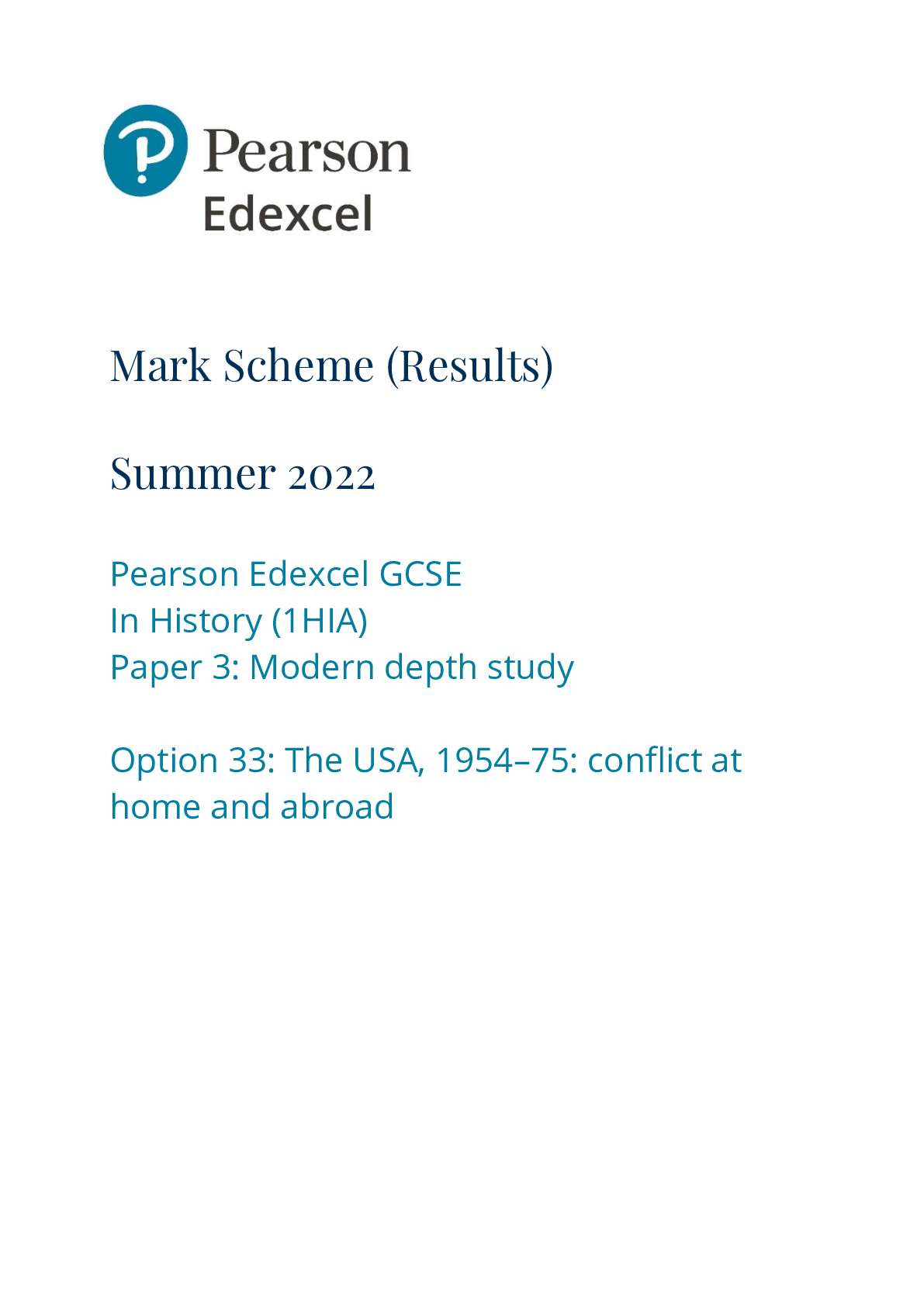
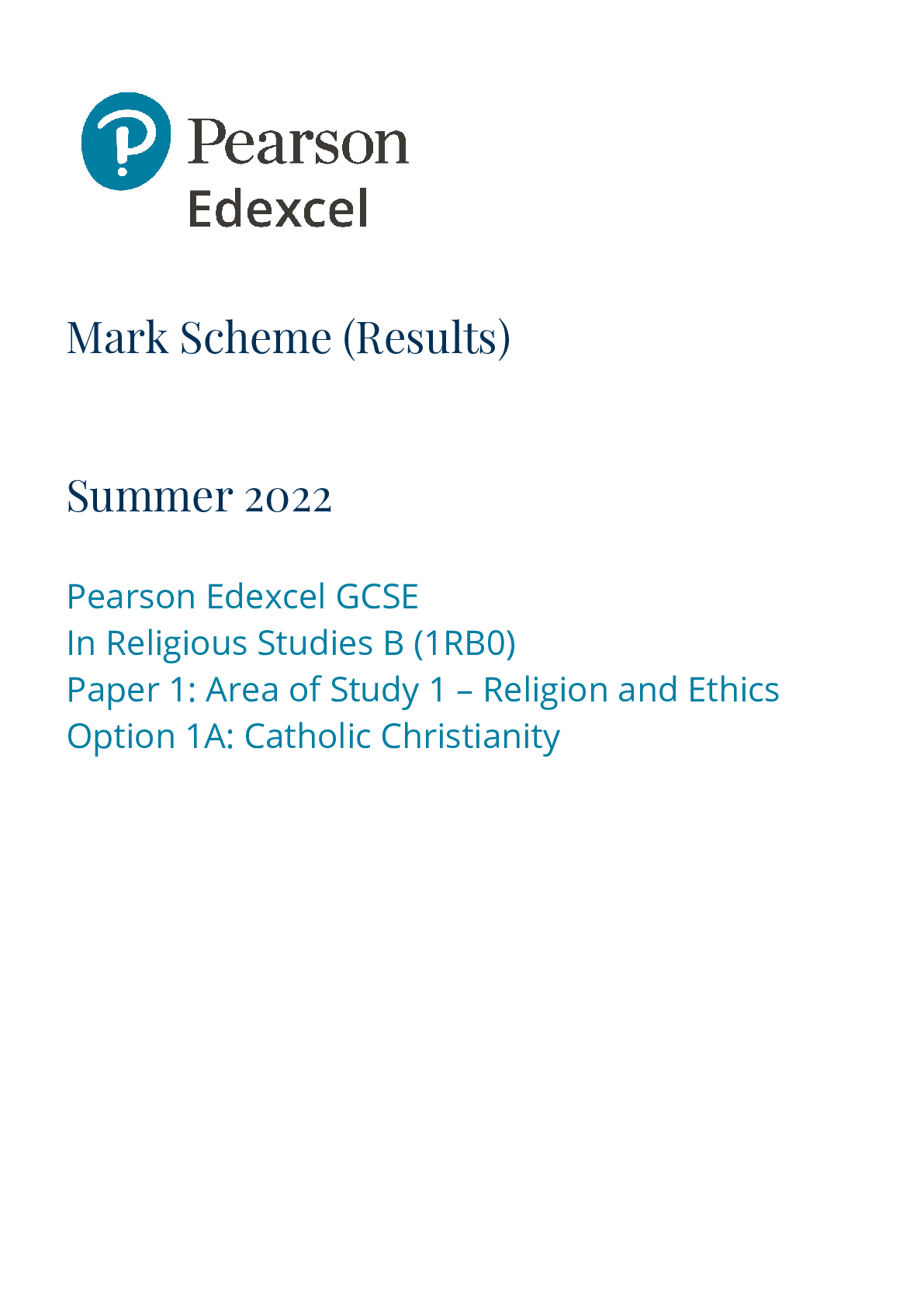
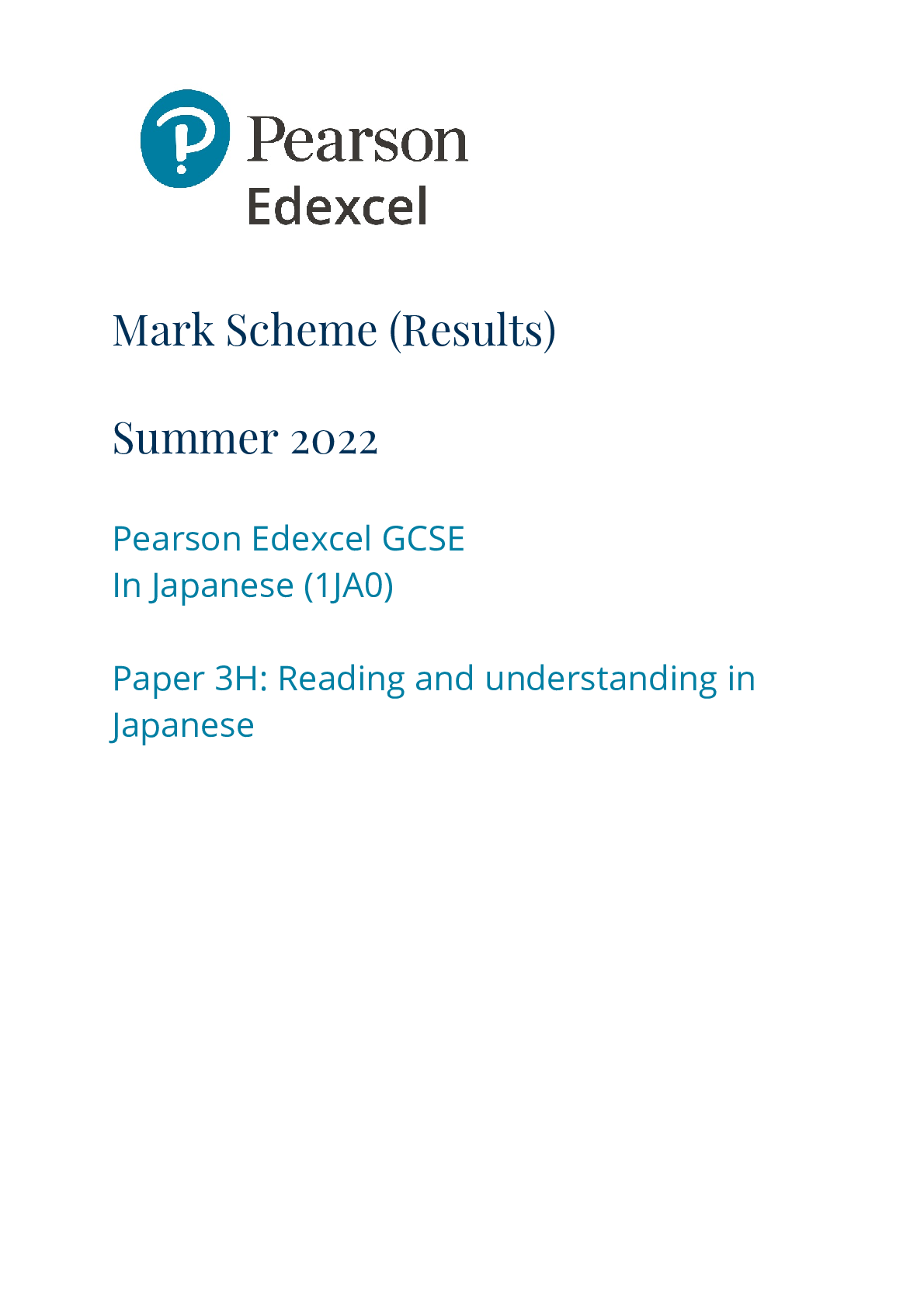
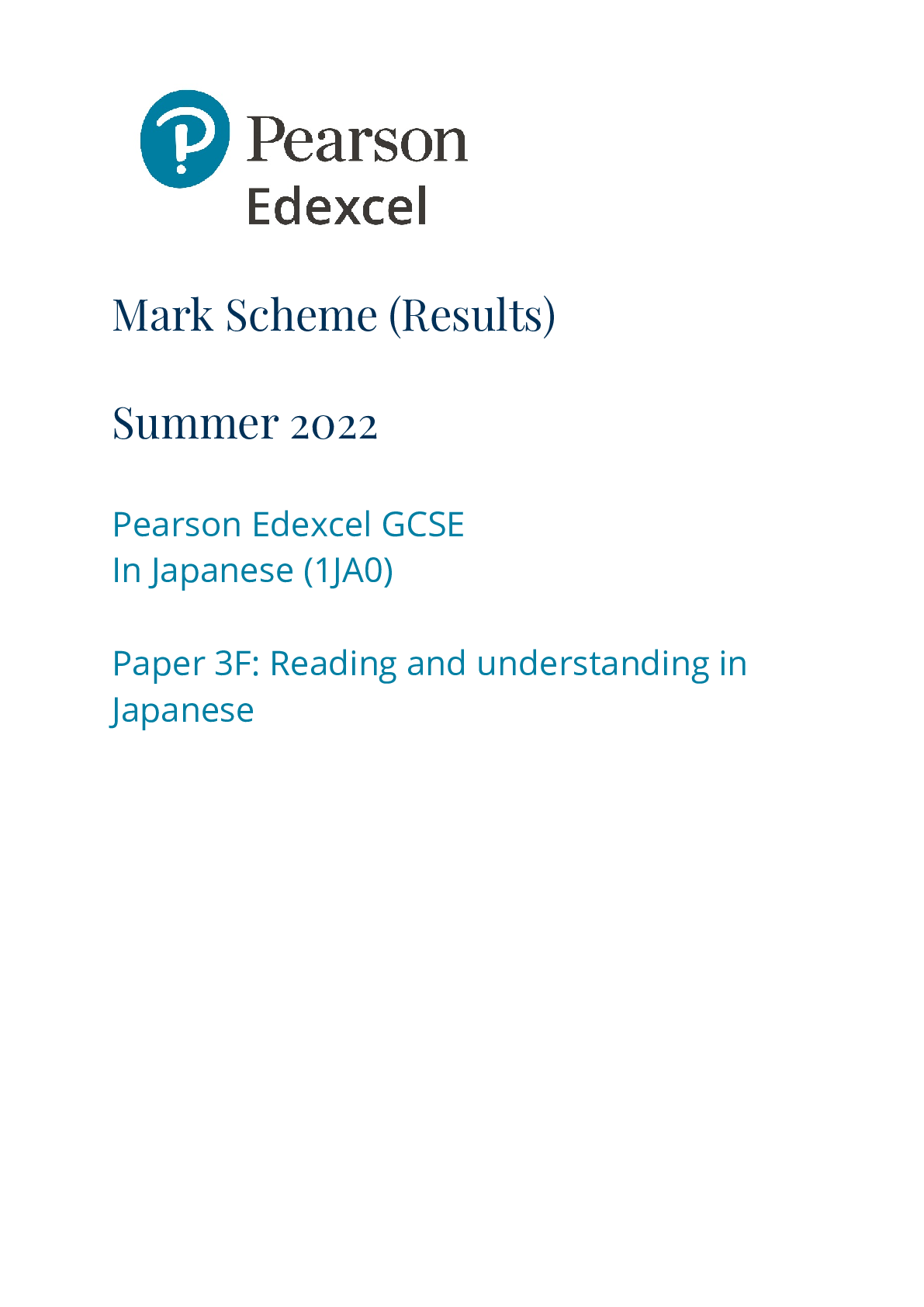

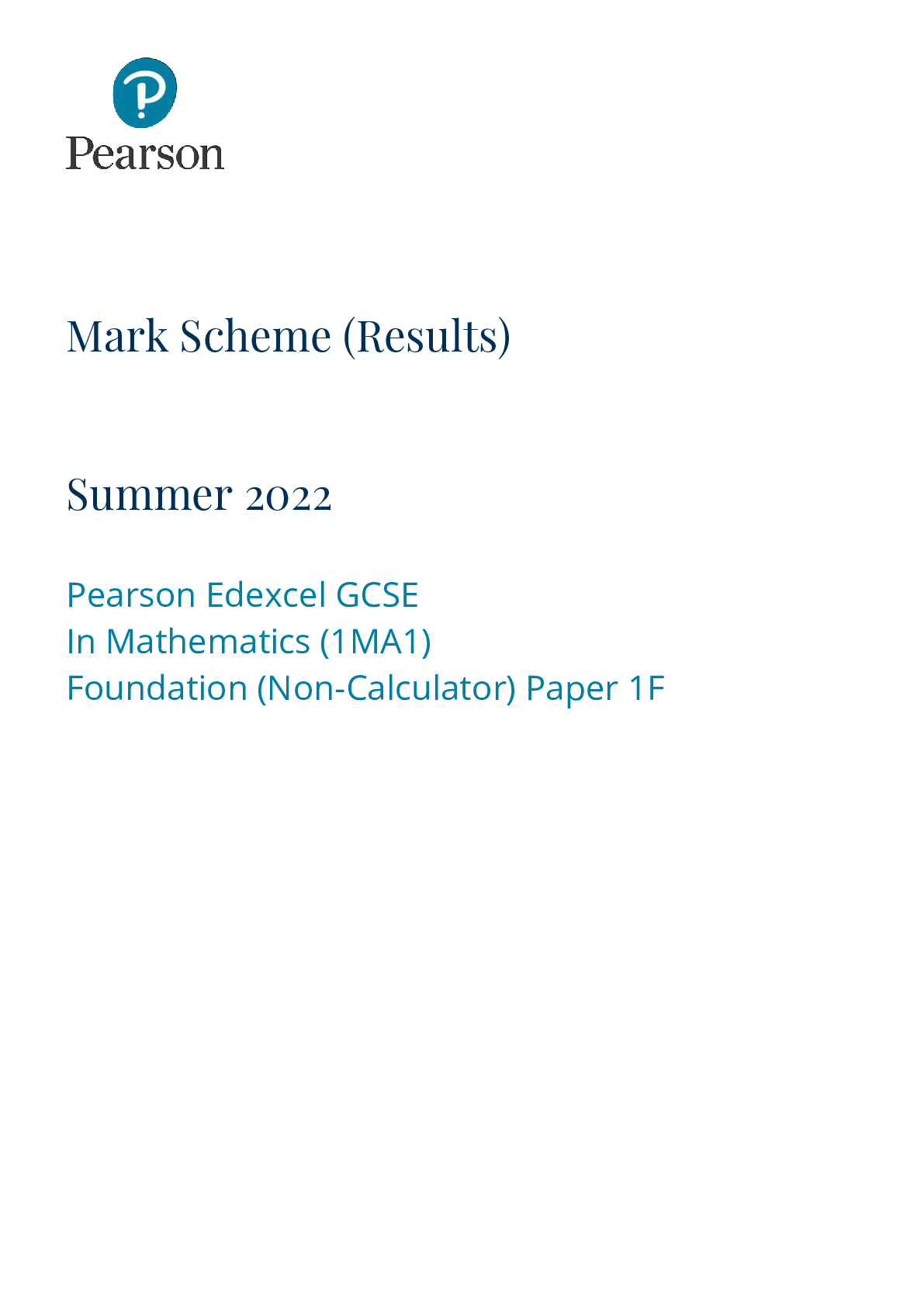



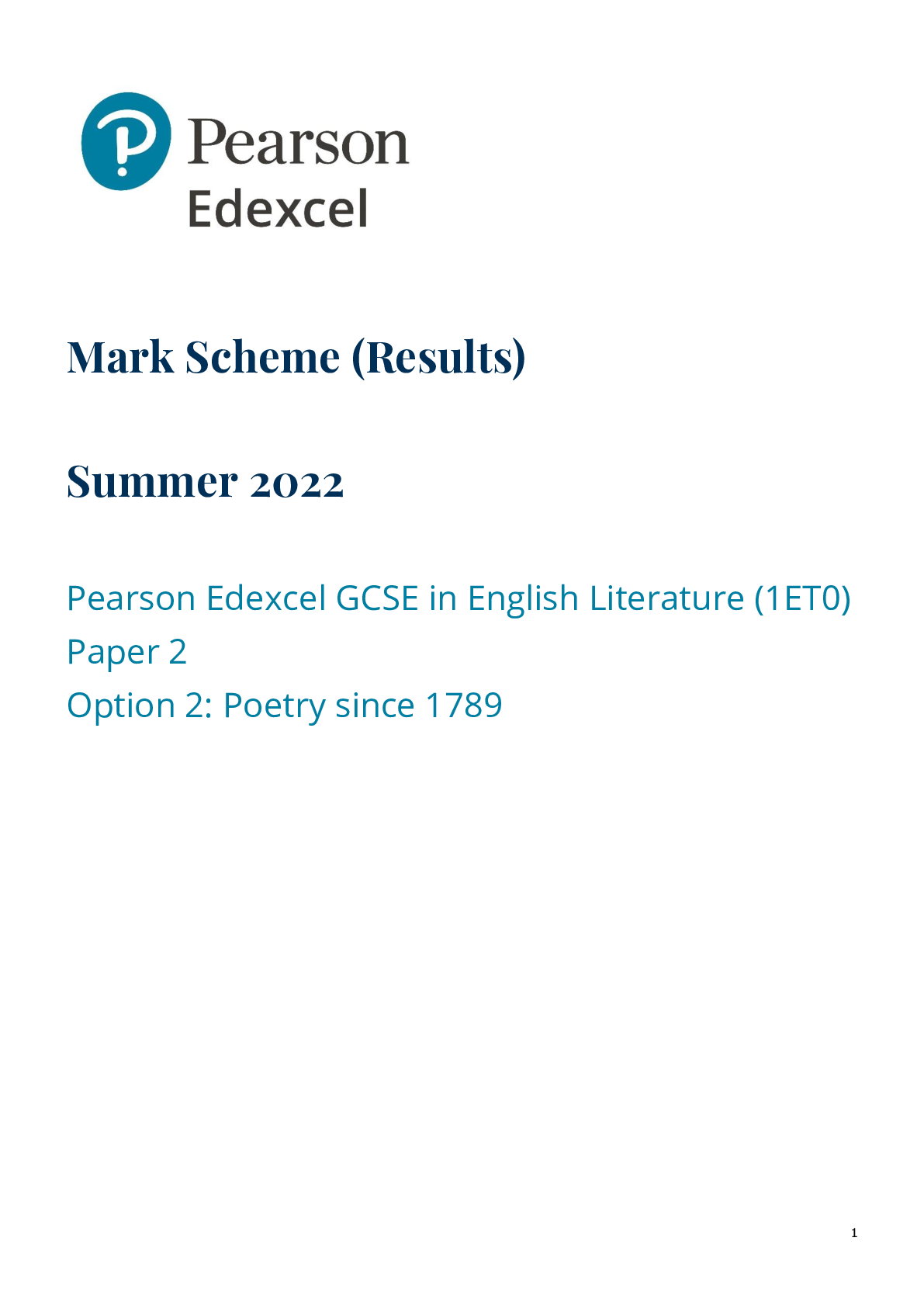
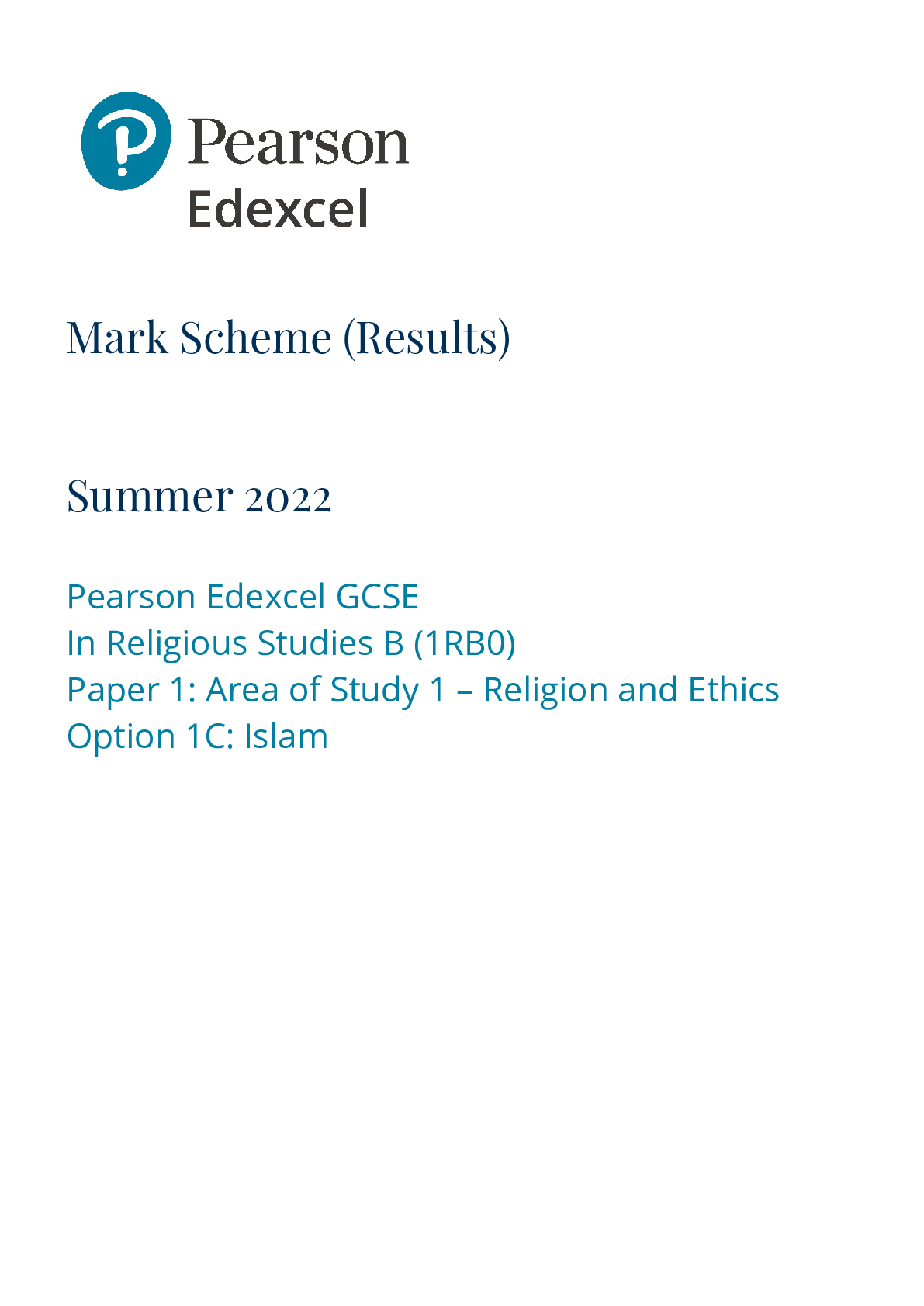
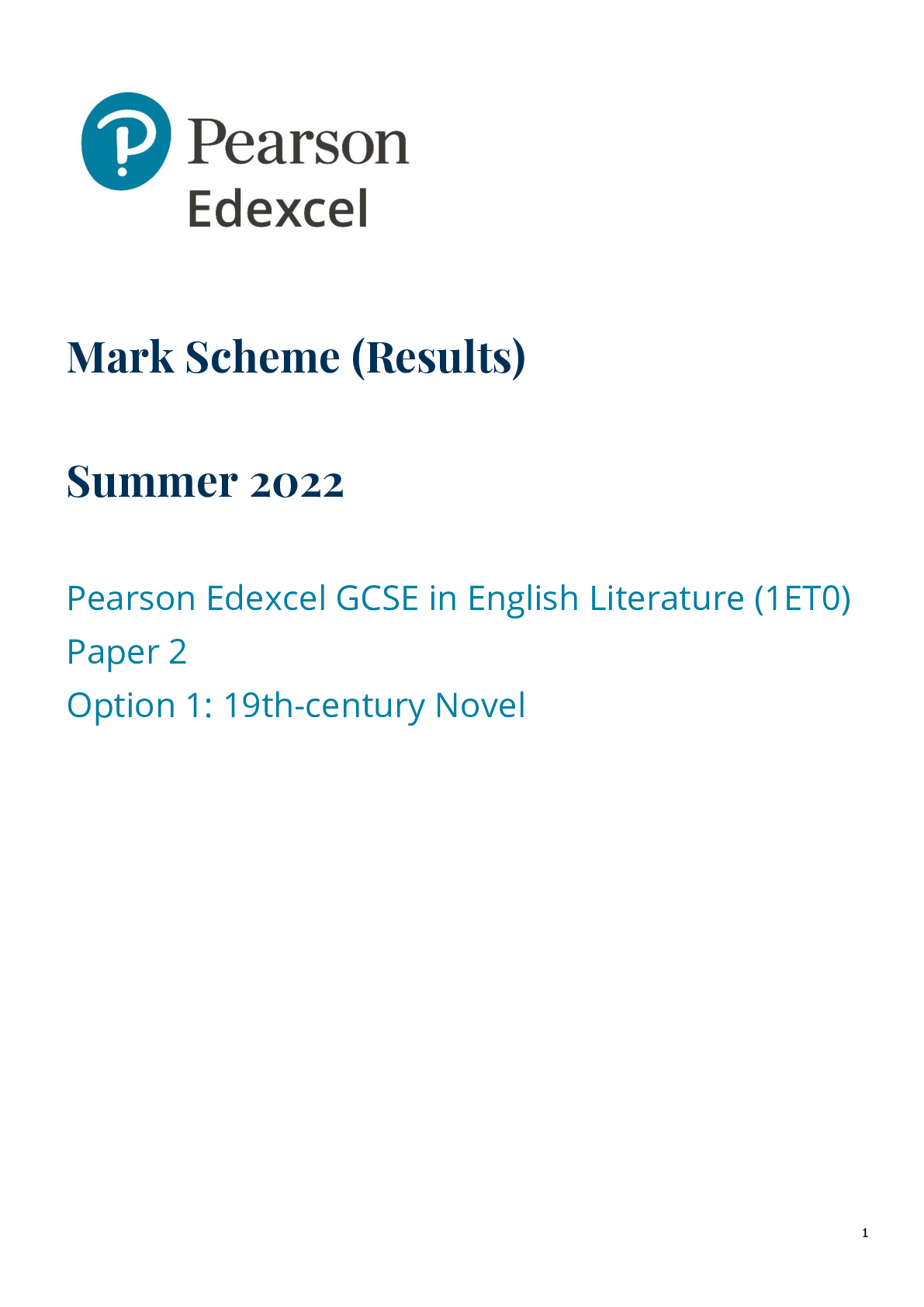

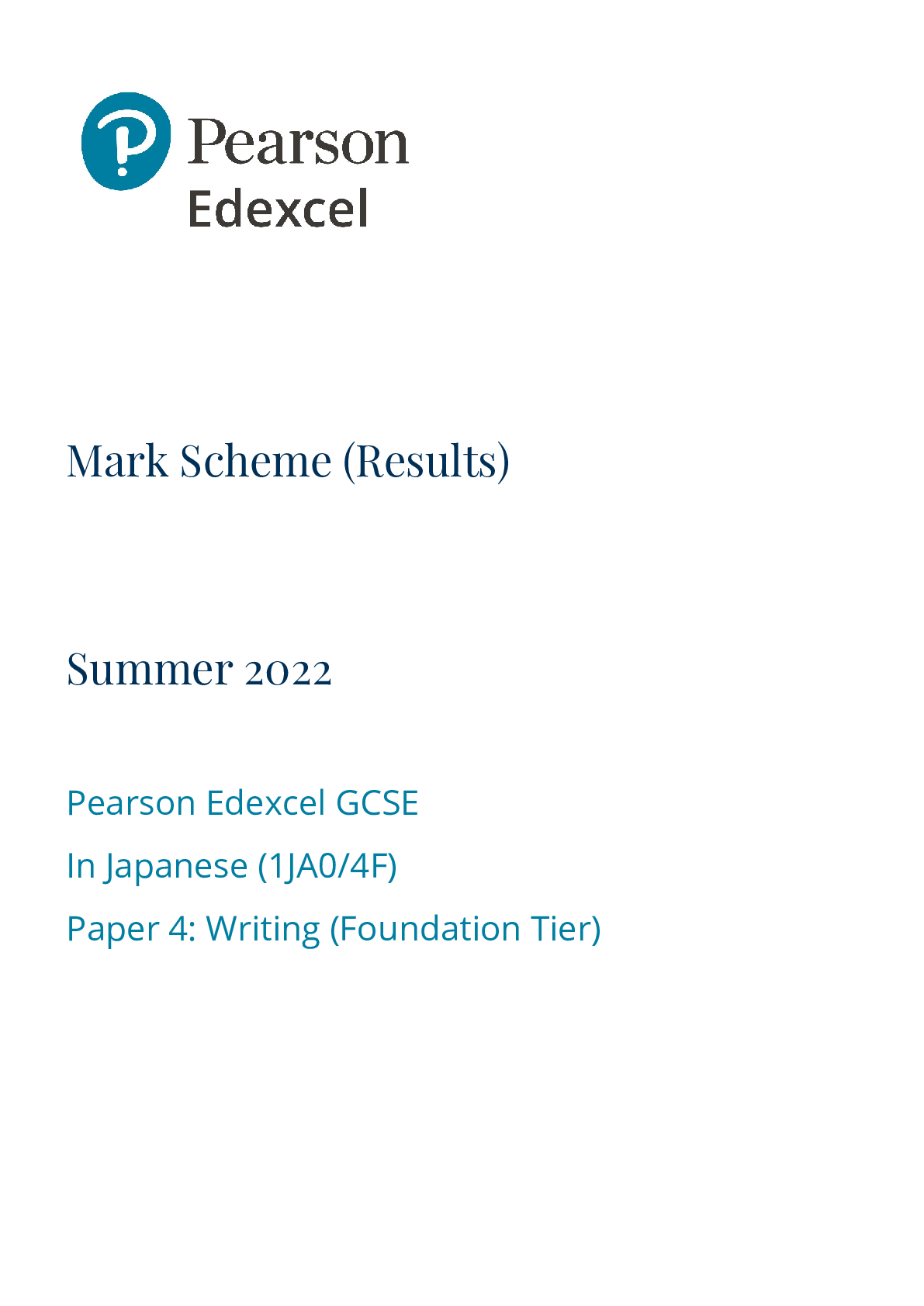
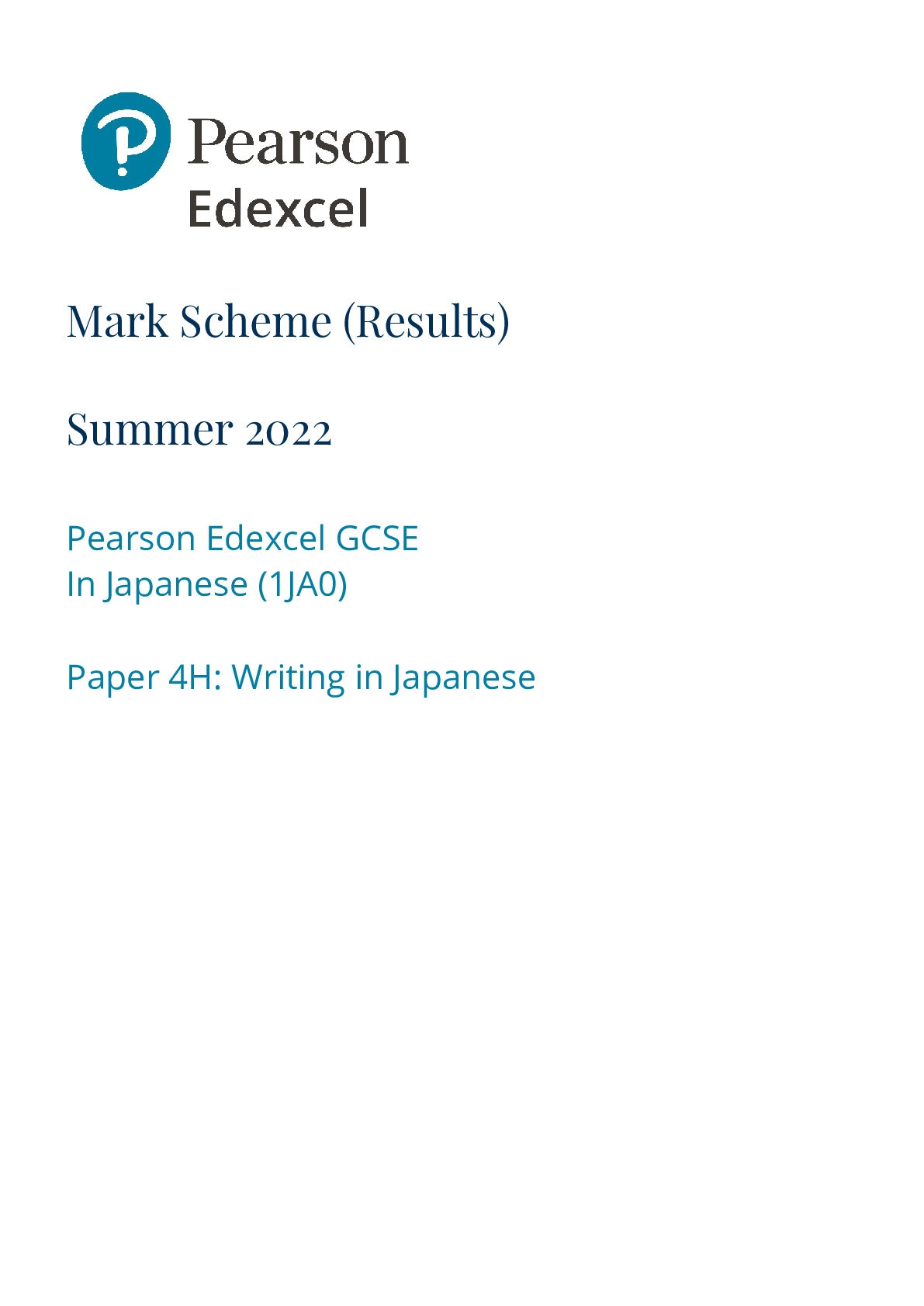
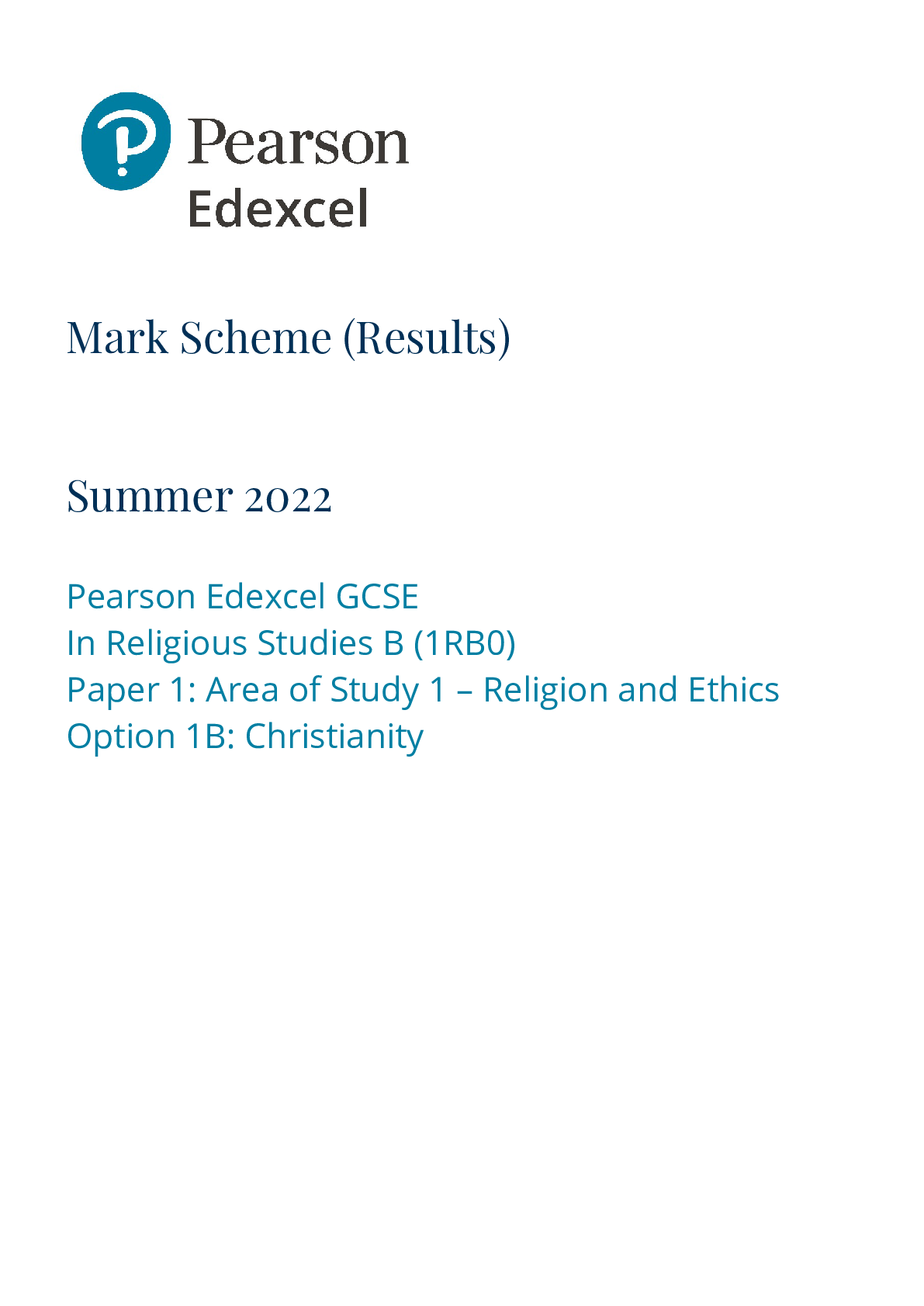
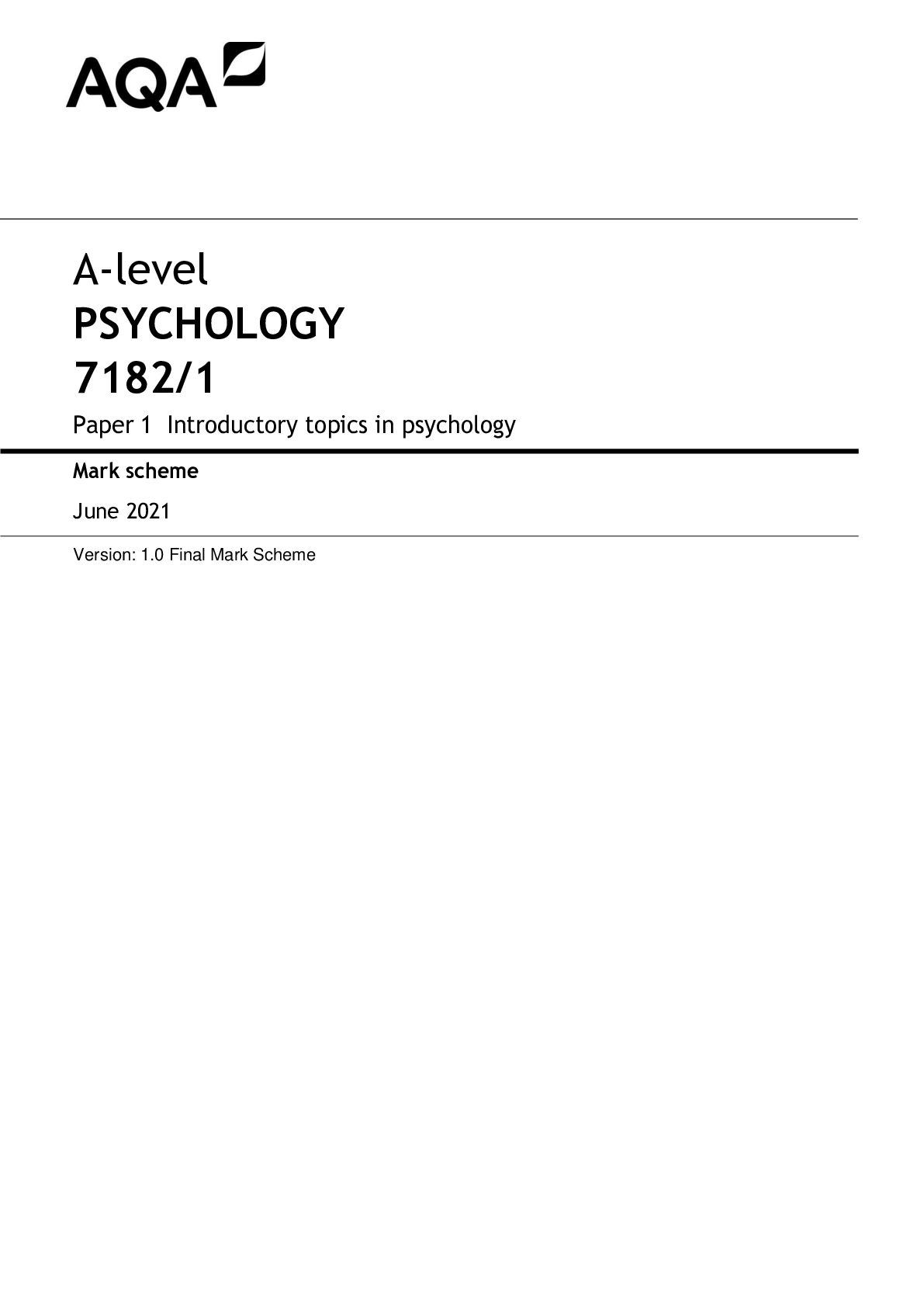
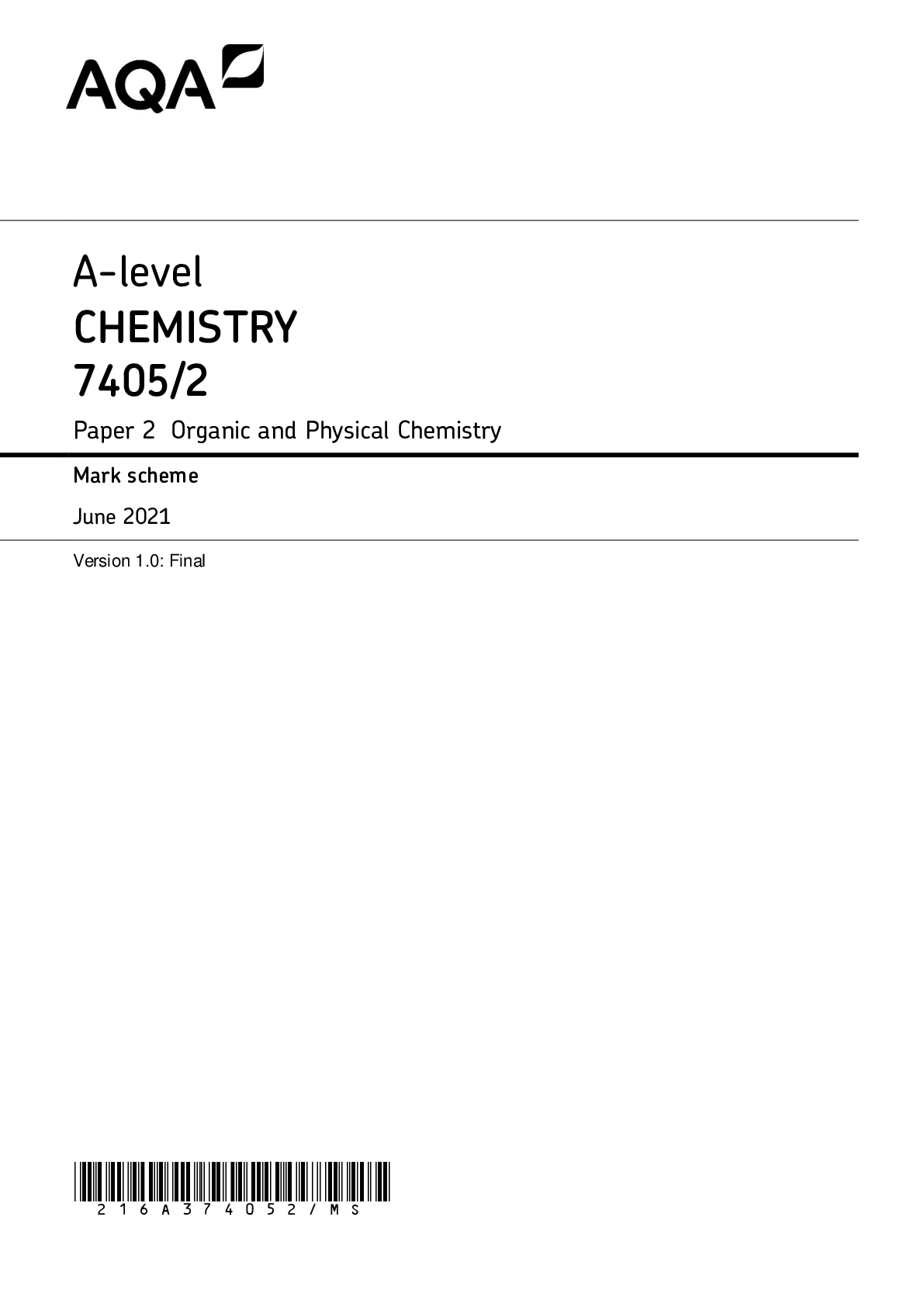
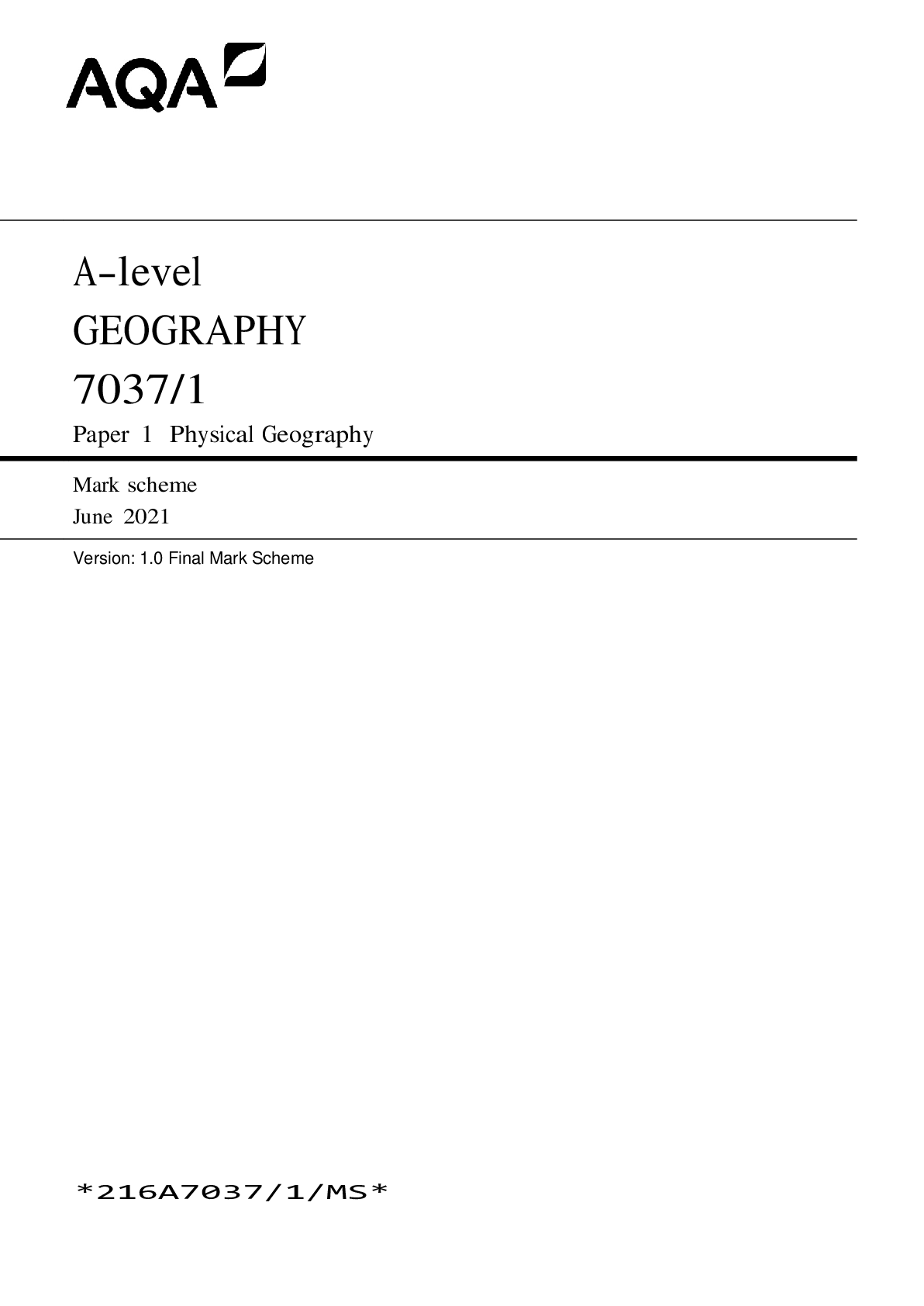

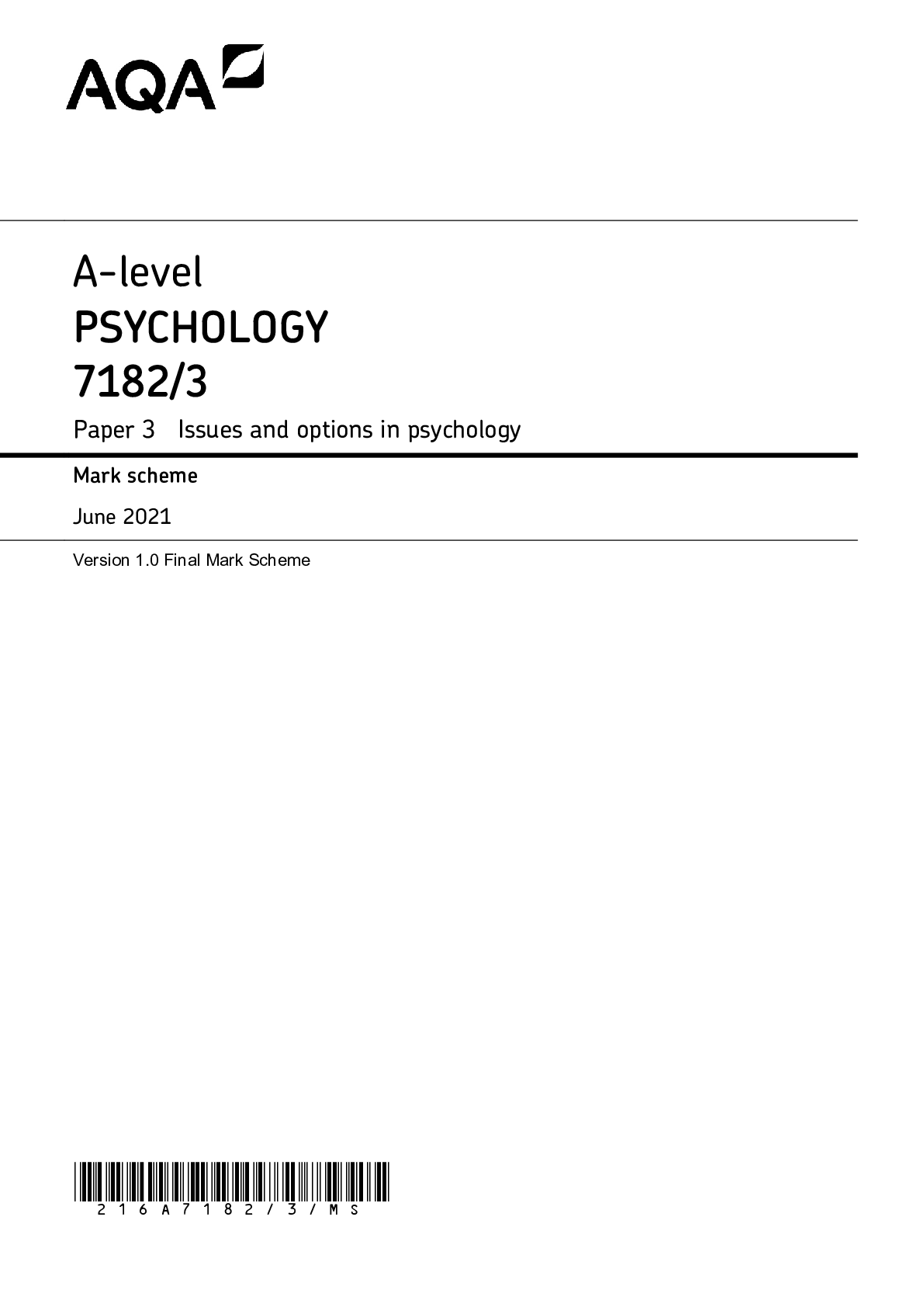

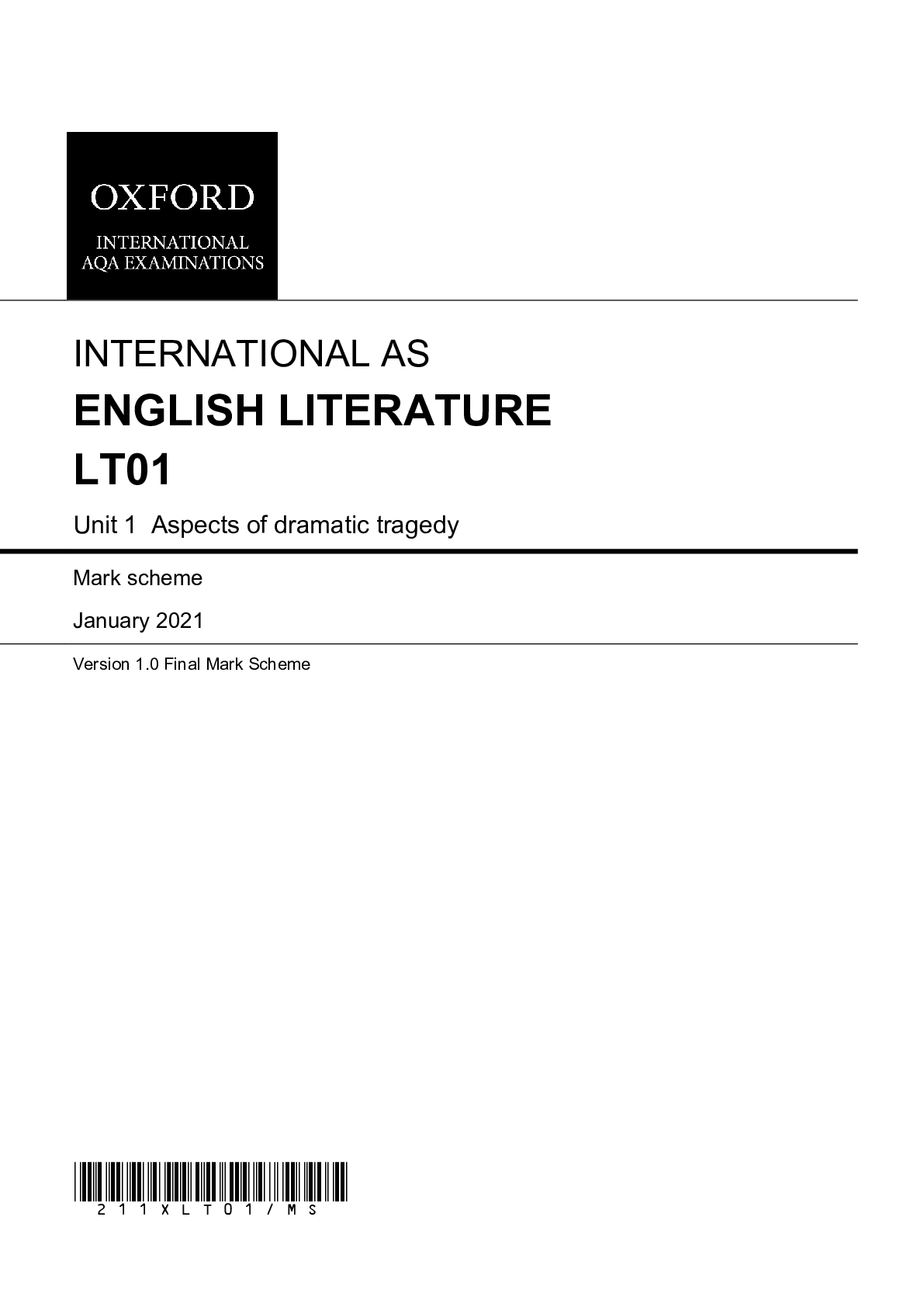
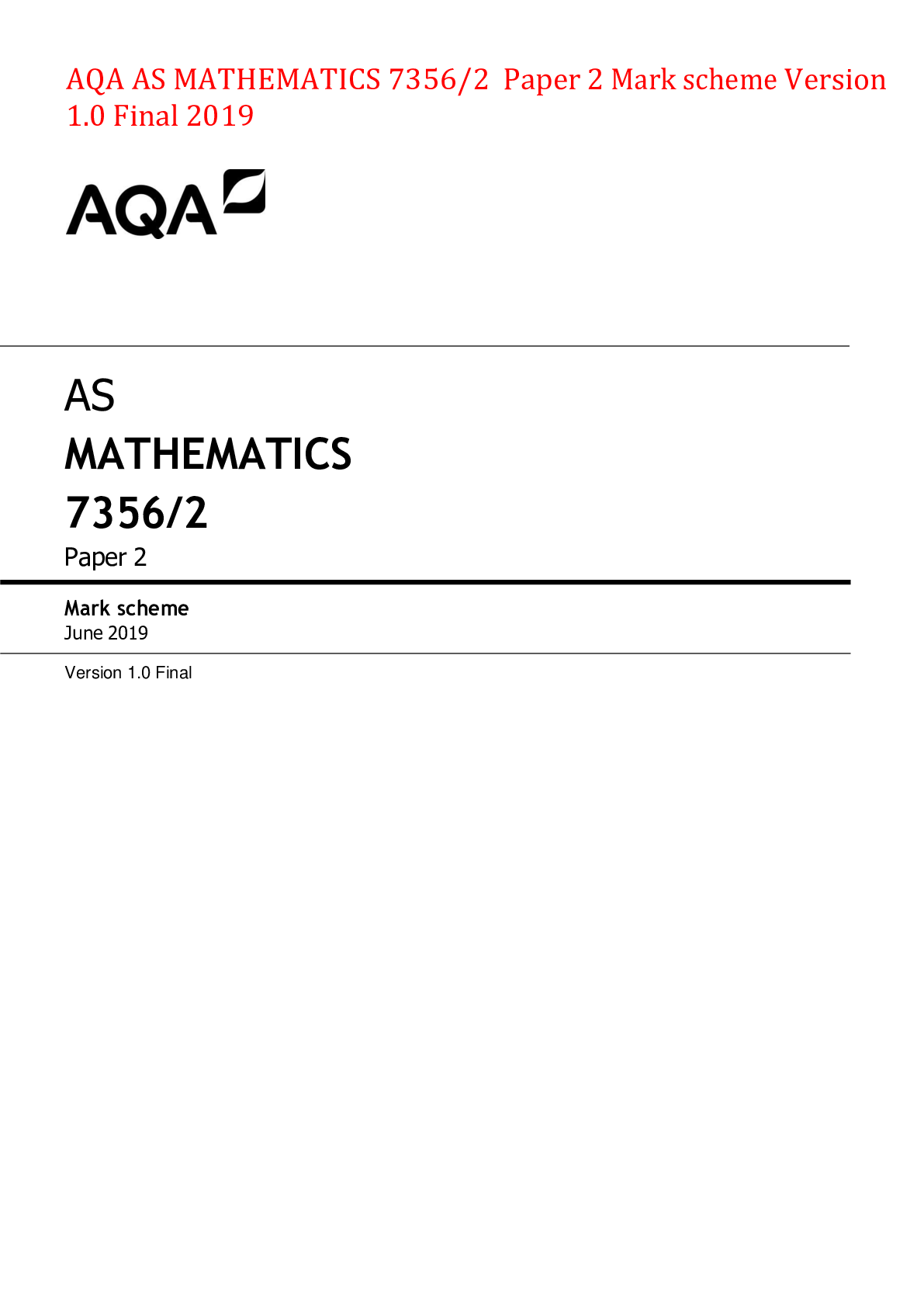

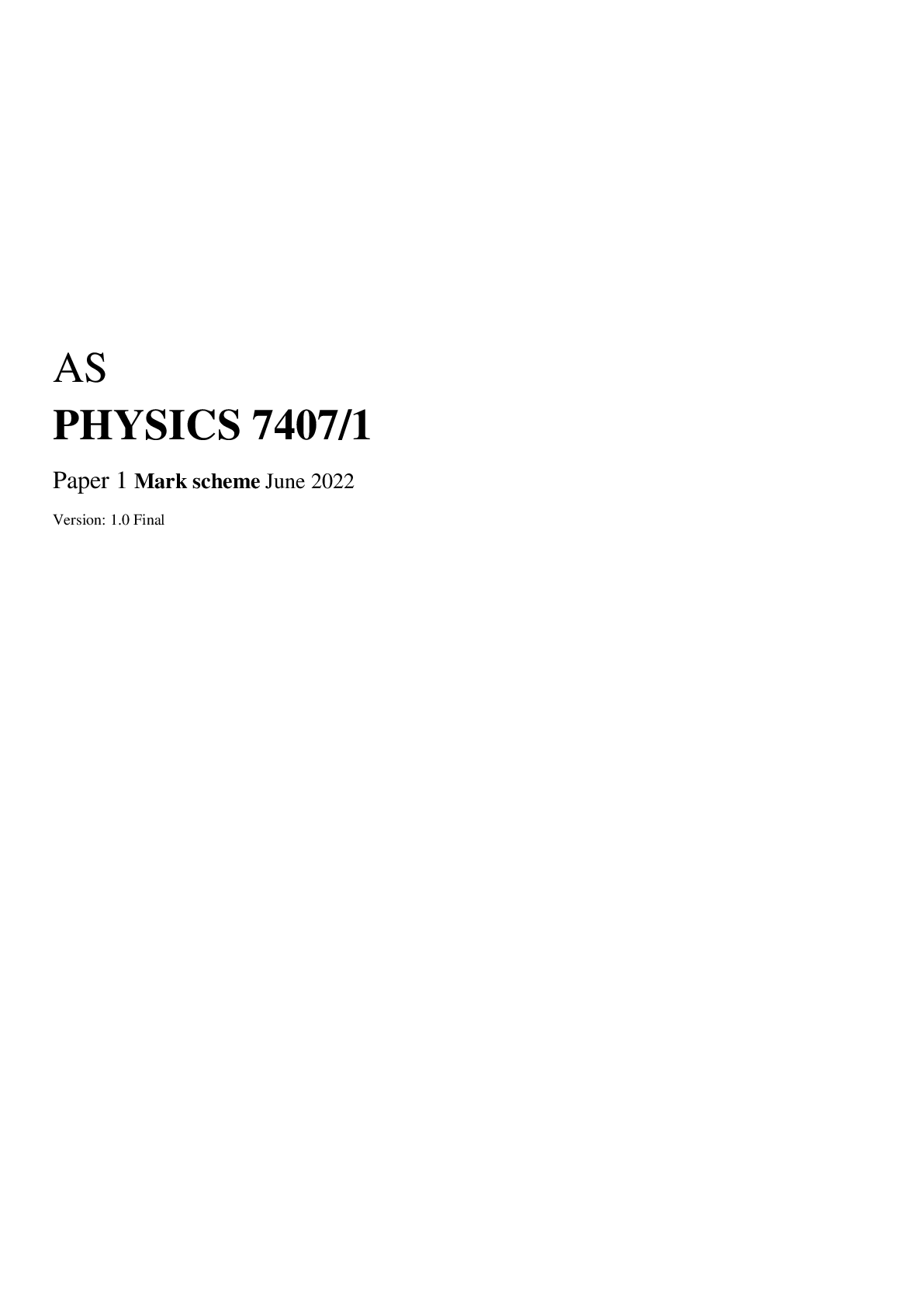
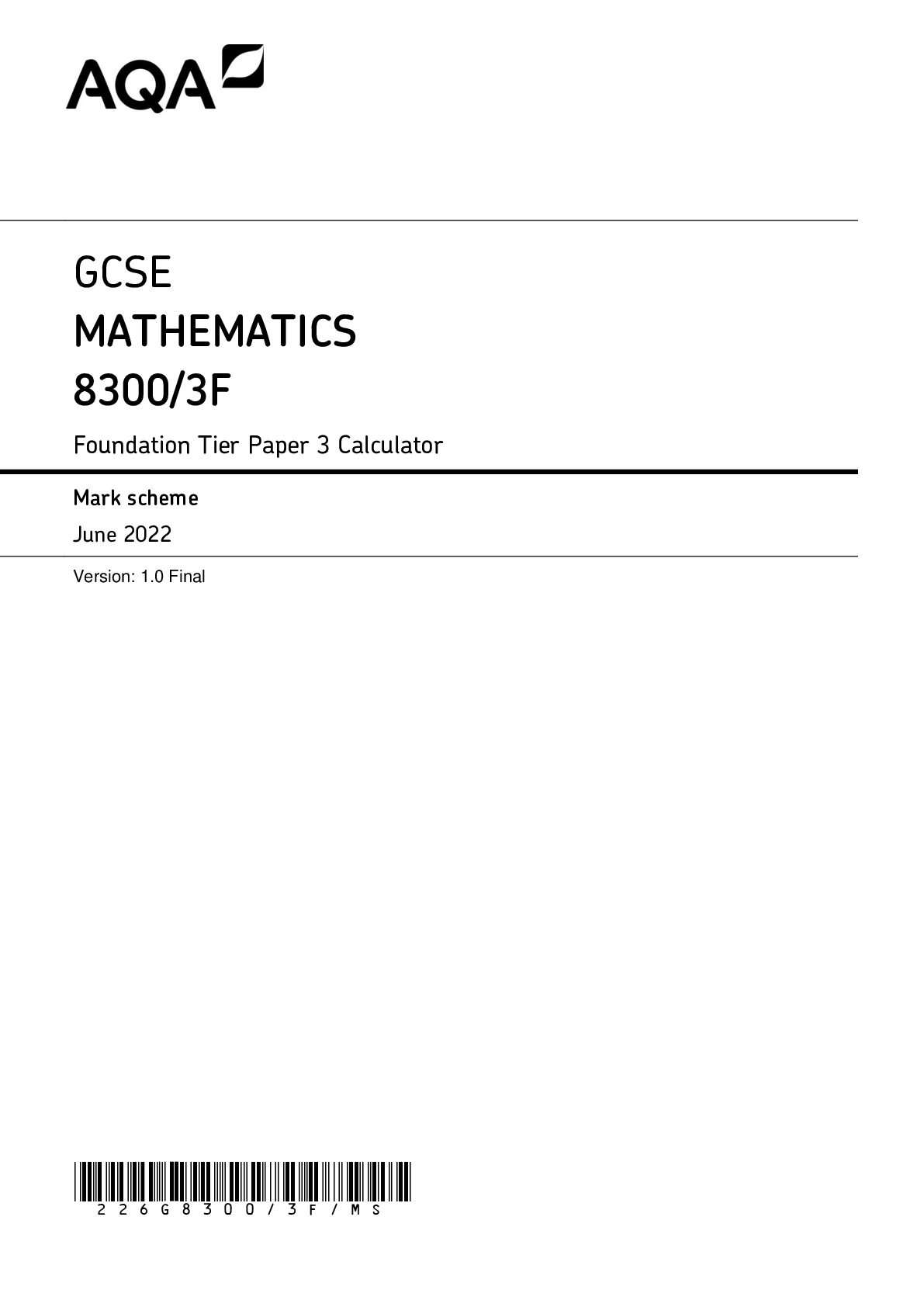
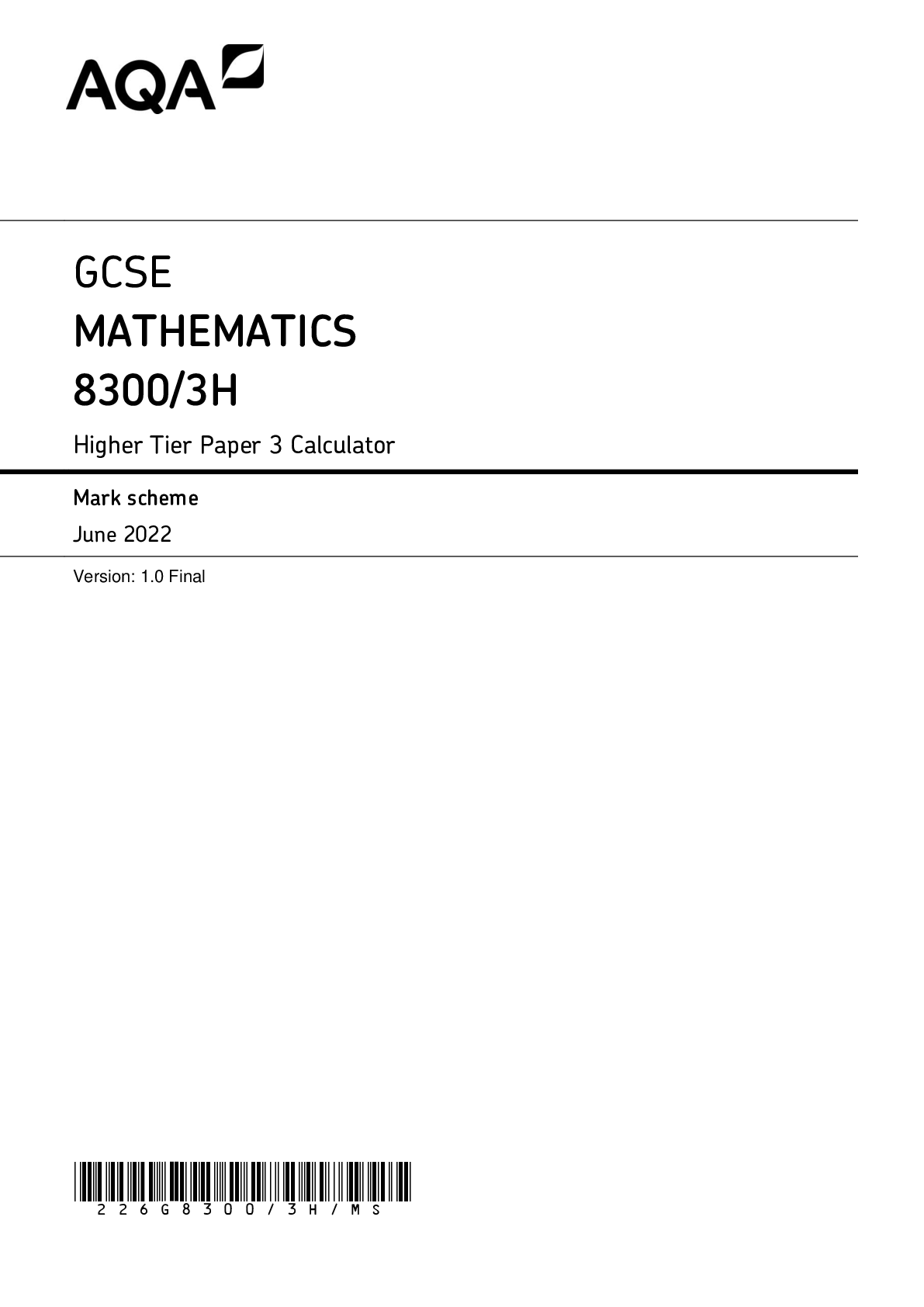
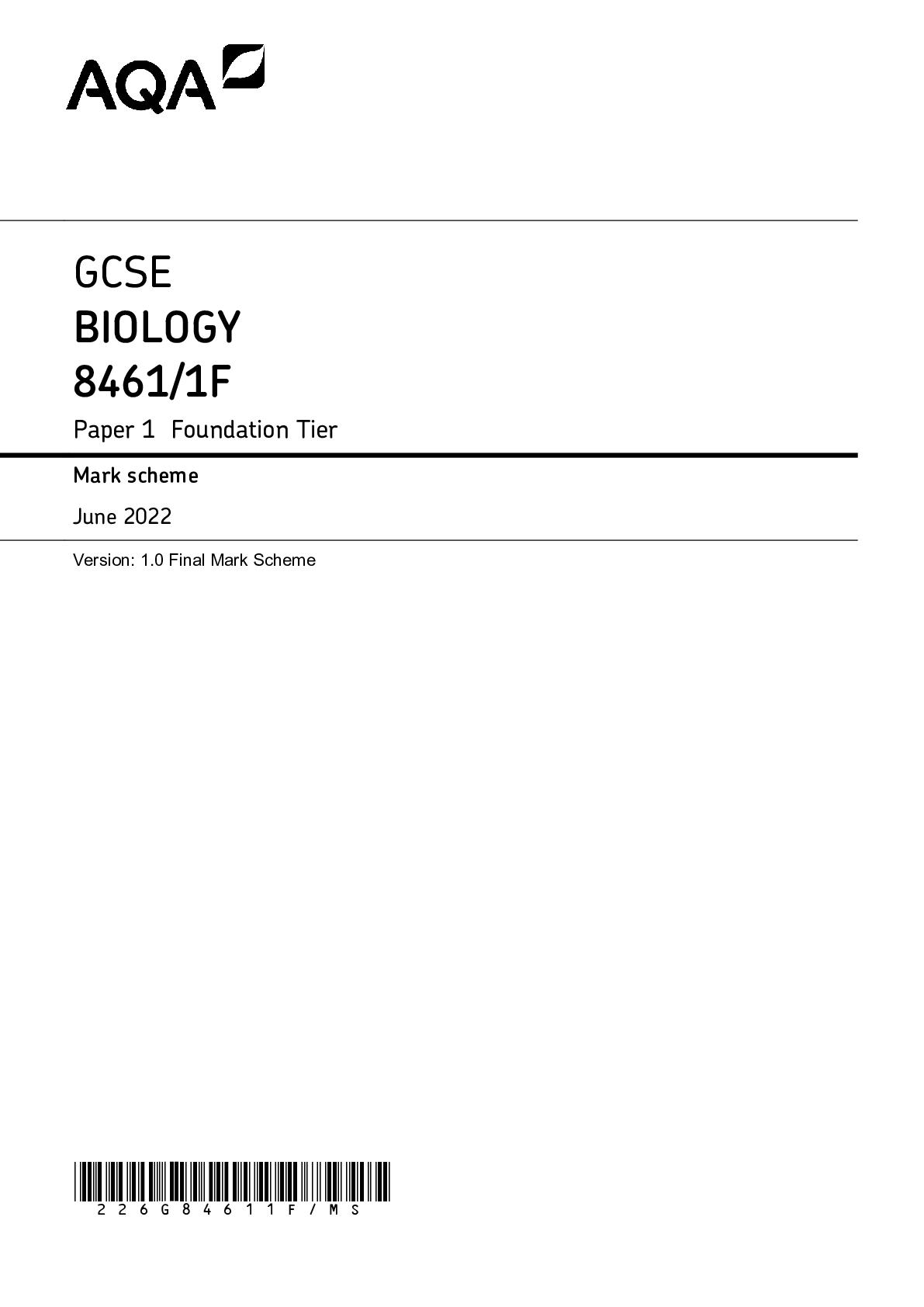
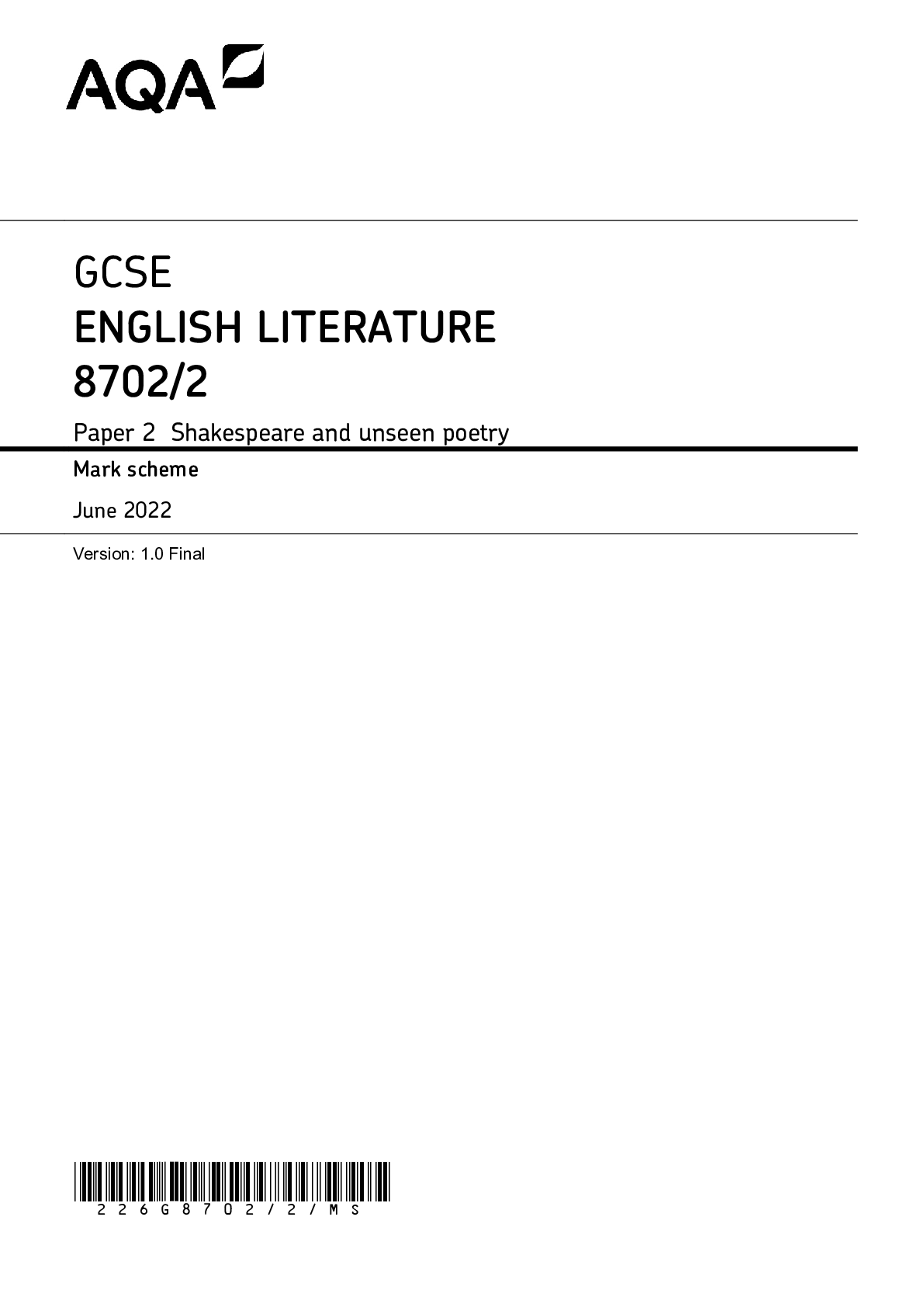

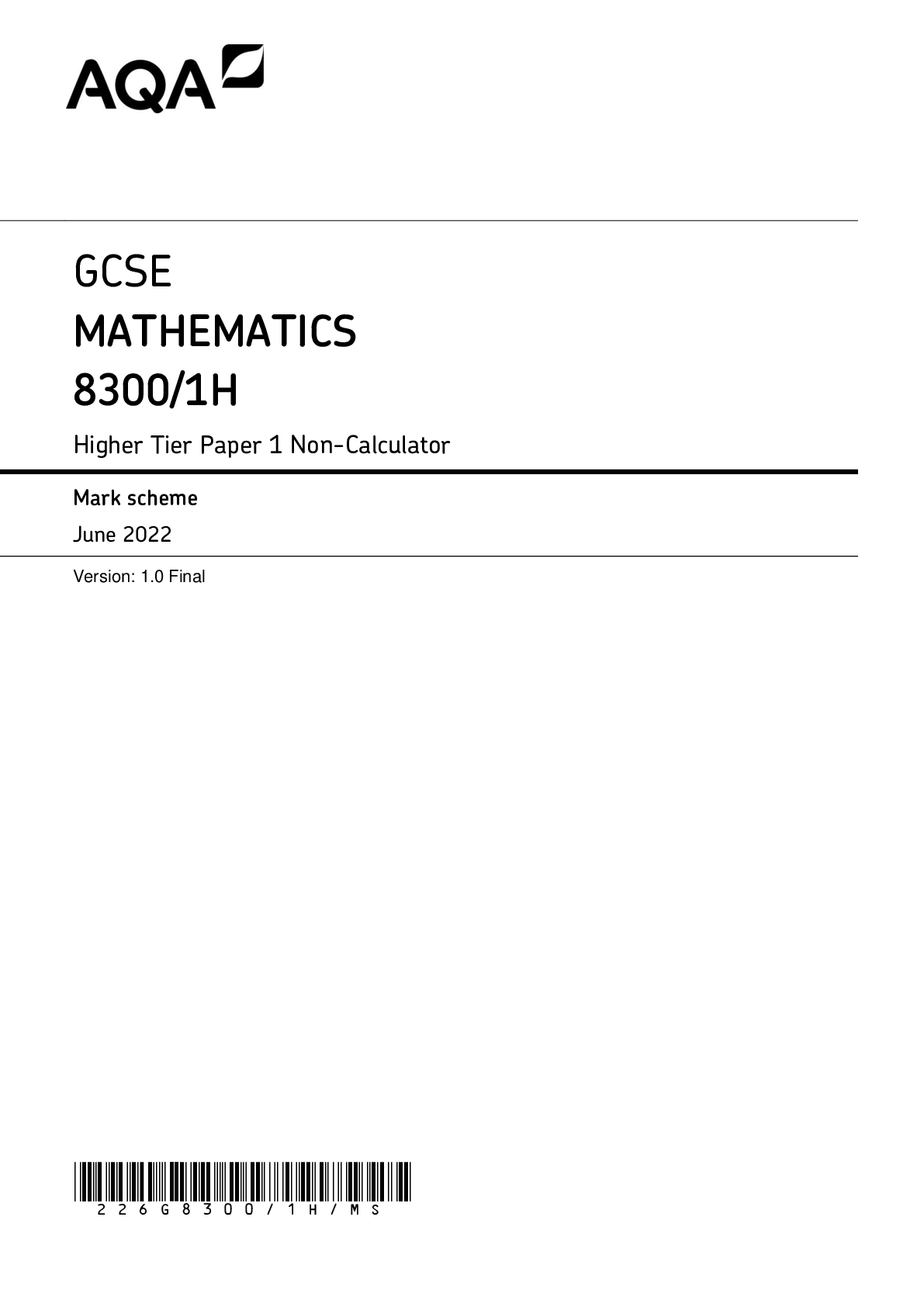
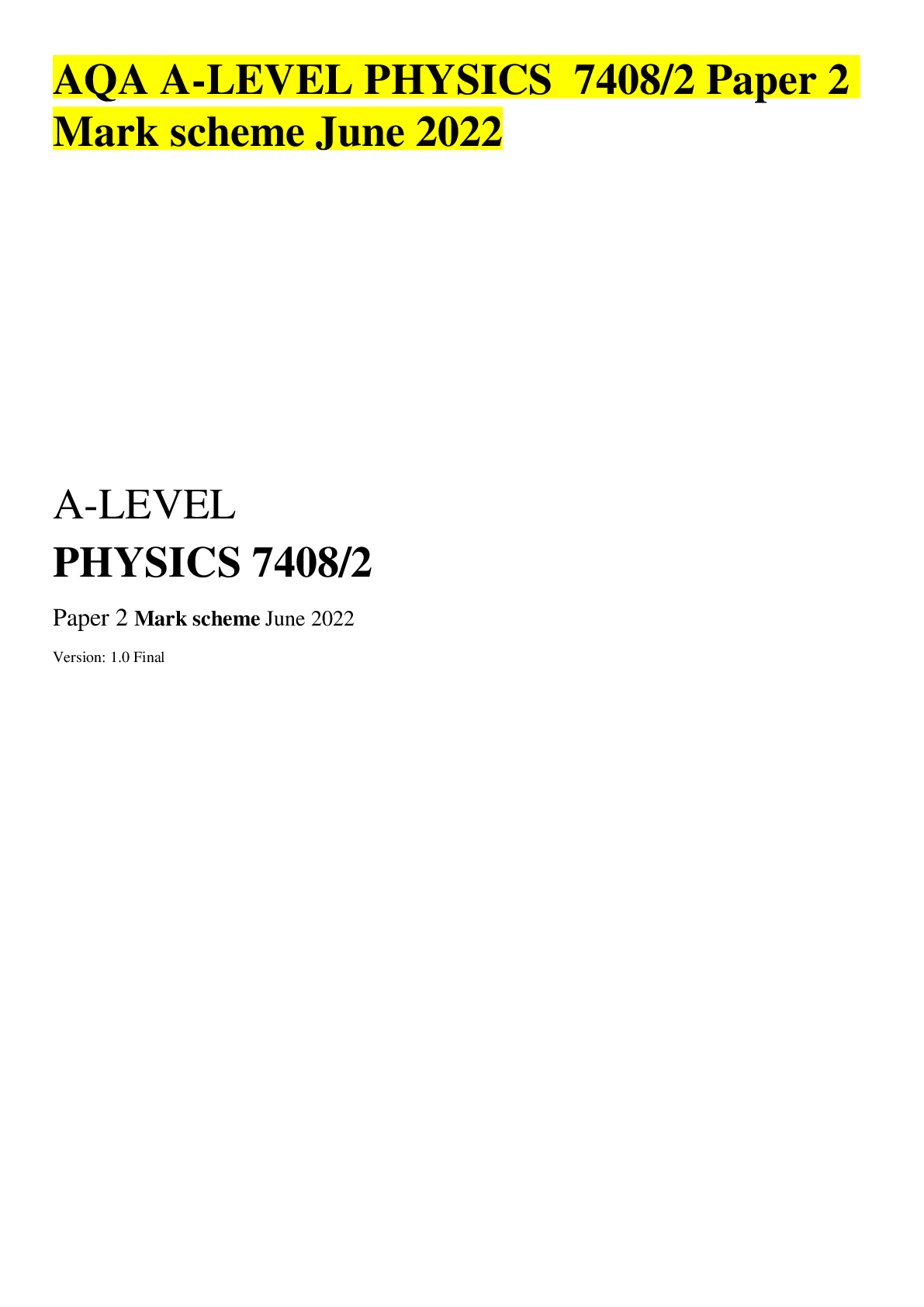
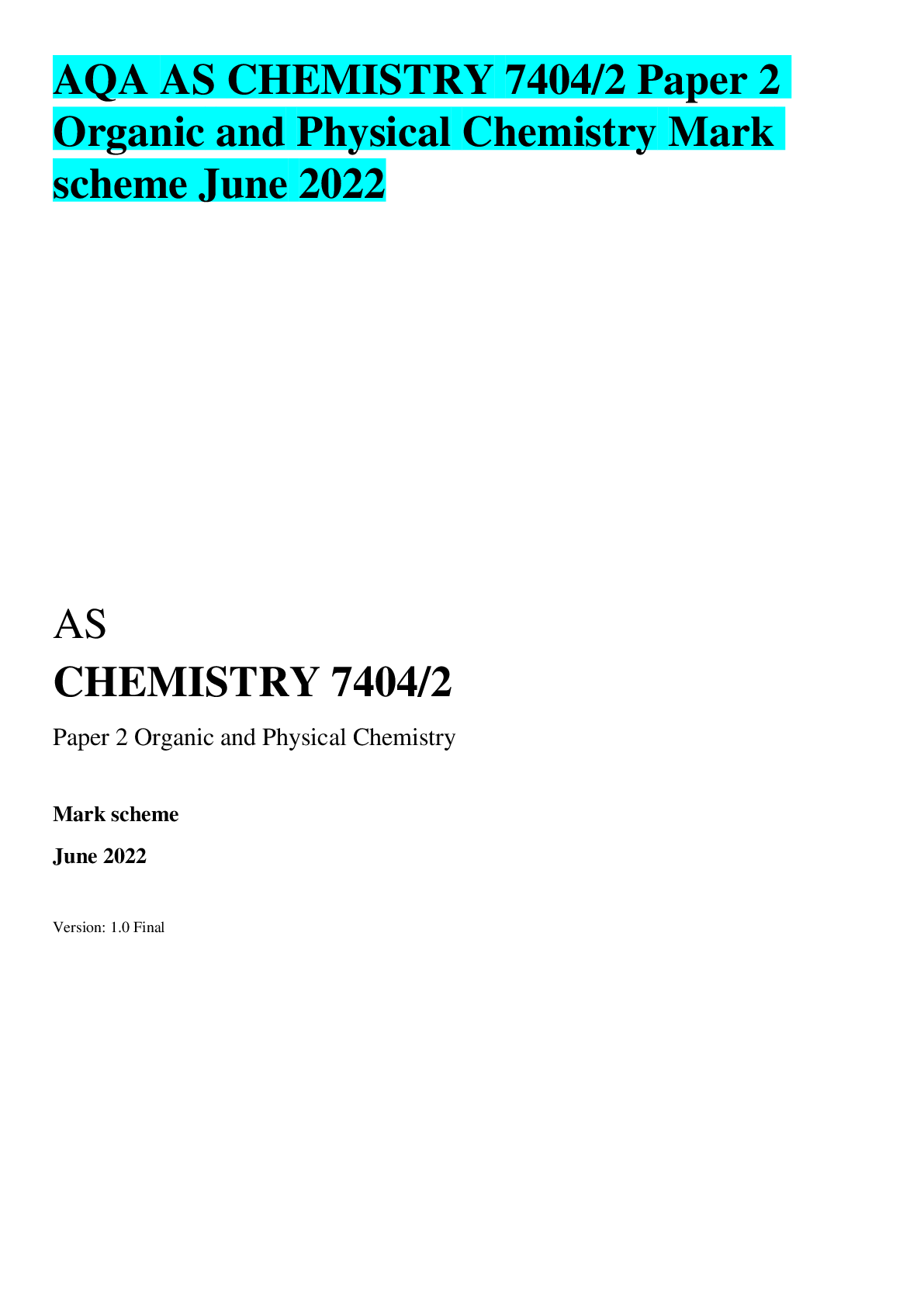
.png)
